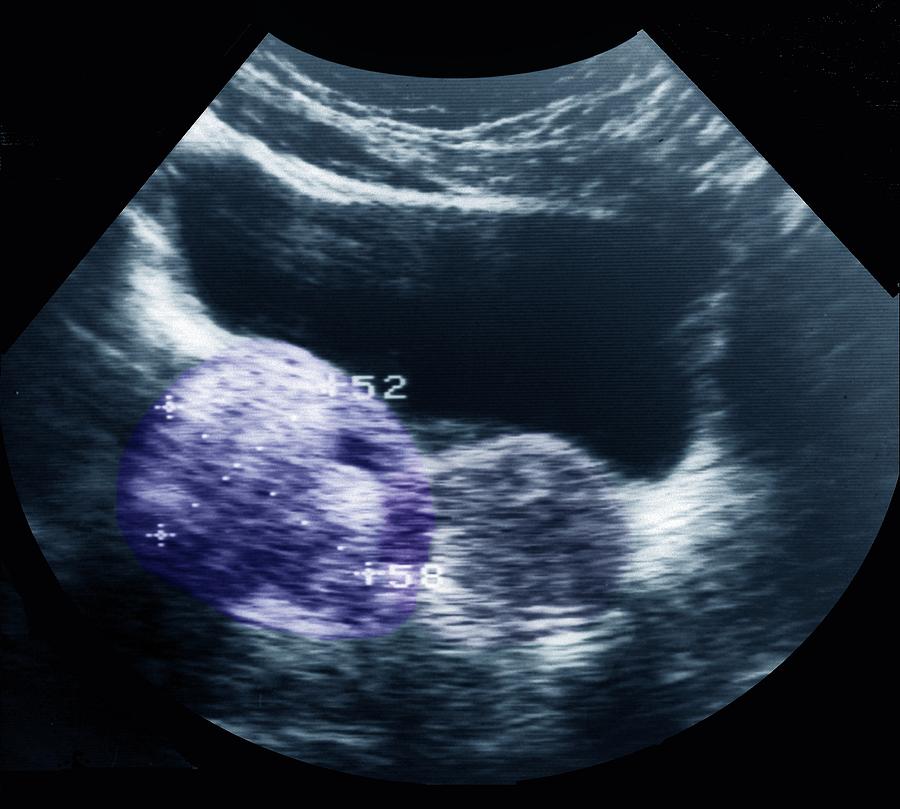

It was later believed that these tumors originated from degenerated ova, in situ impregnation of ovum within the ovary (fetus in the fetus). Some of the interesting ideas involved the likely cause of witchcraft, perverted gestation, immoral acts, and ingestion of hair and bones embedded in the ovaries. Since the discovery of grotesque teratoma lesions which resembled deformed fetus, several theories emerged based on concepts from religious to scientific assumptions. Thus leading to a broader range of incidence. Due to the rarity of this tumor, literature is skewed by either isolated case reports or small multicenter groups of cases.

Over the period of decades, several multicenter studies have observed different rates of incidence of benign cystic teratomas such as Marchetti observed a 20% occurrence of all ovarian tumors, while a large study by Blackwell et al. According to one of the largest studies involving 460,000 females, it was observed that the annual incidence rate of CT was 1.2 to 14.2 cases per 100,000. They are most predominant in women in their second and third decades of life as the most common benign tumor less than 45 years of age. On the contrary, malignancy is a rare occurrence constituting about 1%. Mature cystic teratoma is always benign with a slow growth rate of 1.8 mm/year however, in rare circumstances, it can undergo malignant transformation.Ĭystic teratomas are the most common ovarian germ cell tumors comprising 20% of all the ovarian tumors in adults and half of all ovarian neoplasms in children and are usually benign. However, they can rarely be seen in the anterior mediastinum, sacrococcygeal region, or neck. The most common type among these tumors is mature cystic teratoma, also known as "Dermoid cyst." Cystic teratomas constitute about 20% of ovarian germ cell tumors. The most common site of occurrence is in the ovaries and testes. Ovarian teratomas are broadly classified histologically into monodermal teratomas (carcinoid tumors, neural tumors, struma ovarii), immature teratomas, and mature cystic teratomas. The first case of MCT was reported by Johannes Scultetus in 1659 while recording the autopsy findings of a young woman who died of an ovarian tumor described as a “dermoid cyst of the ovary.” In 1863, Rudolf Virchow introduced the term “teratoma,” derived from the Greek word “teras,” meaning monster. The earliest evidence of teratoma dates back to as old as 2000 years B.C. Cystic teratoma is a type of germ cell tumor that contains well-differentiated tissues developed from three germ cell layers (ectoderm, mesoderm, and endoderm).


 0 kommentar(er)
0 kommentar(er)
